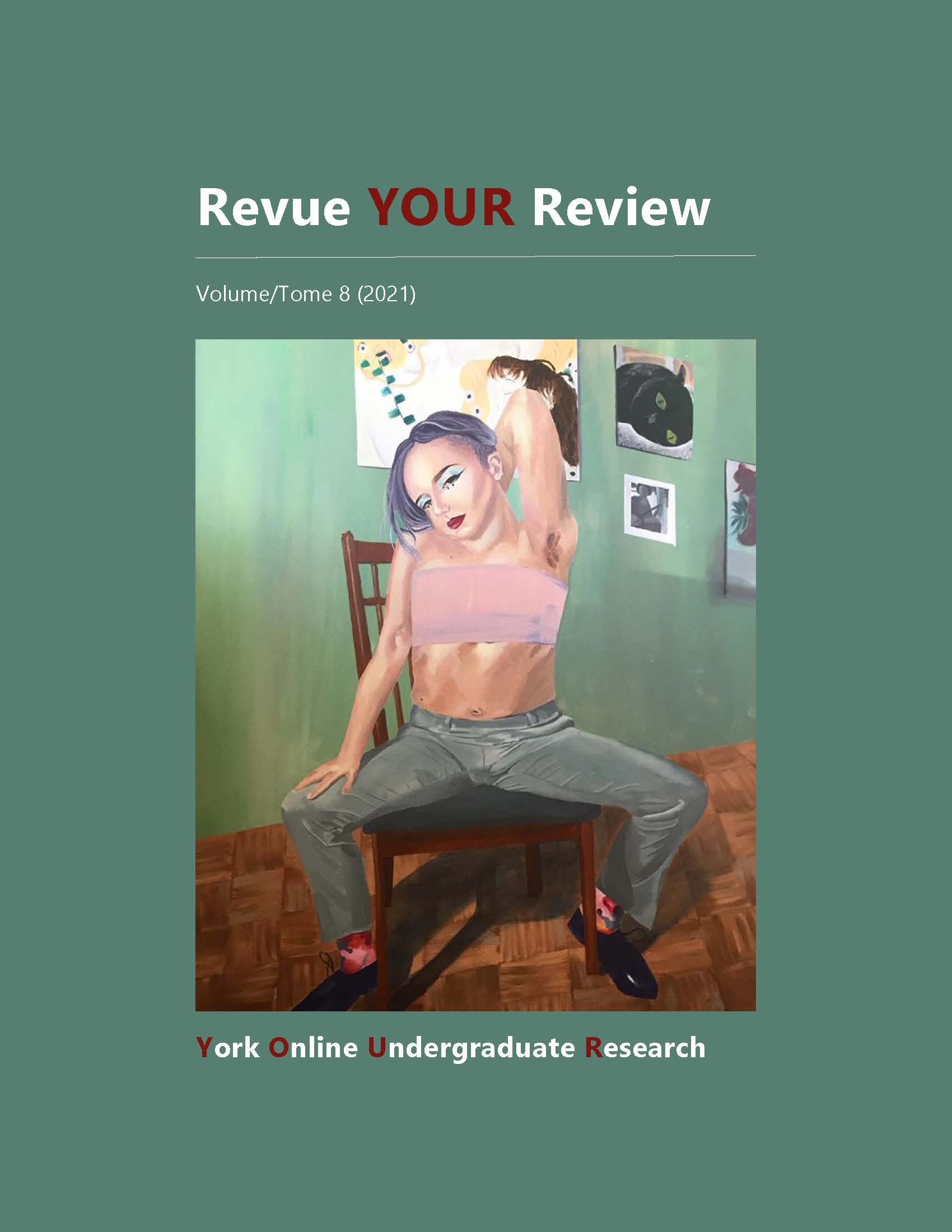WHO’s ready for the next flu pandemic? Global governance of influenza pandemic preparedness
Résumé
In an increasingly interconnected world, viruses can spread faster and farther than ever before. Sometimes the spread of disease reaches pandemic levels, as has occurred with influenza. Pandemic preparedness is the means through which nations prepare for the population-level threat of infectious disease. National preparedness is not enough to counter a rapidly evolving virus like influenza; global coordination is needed. The World Health Organization’s (WHO) role has been to lead this coordinated effort. How has the WHO used governance to address global influenza pandemic preparedness? This paper first explores the regulations and recommendations the WHO has developed for global influenza pandemic preparedness, the International Health Regulations (IHR) and Pandemic Influenza Preparedness (PIP) Framework. Next, the 2009 H1N1 pandemic is used as a case study. Occurring chronologically in between the adoption of the IHR and PIP Framework, H1N1 revealed the shortcomings of the former and need for the latter. The governance challenges of influenza pandemic preparedness are discussed, including the limitations of the WHO’s approach. It was found that the pre-H1N1 approach was not well-suited for low-income countries, where health systems could not easily meet the IHR obligations established by the WHO. The more recent PIP Framework is non-binding, which risks stakeholders not following through with commitments should another influenza pandemic occur. Recommendations are made to improve the strategy of the WHO, including changes to governance, scope, funding, and enforcement. Pandemic influenza is an ongoing challenge for global health governance and the WHO has made progress in addressing this threat.
Téléchargements
Publié-e
Comment citer
Numéro
Rubrique
Licence
LicenceLes auteurs qui contribuent à la Revue YOUR Review acceptent de publier leurs articles selon une des trois catégories de la licence 4.0 : Creative Commons Attribution 4.0 International; Creative Commons Attribution-Pas d'Utilisation Commerciale 4.0 International; ou Creative Commons Attribution-Pas de Modification 4.0 International. Tout contenu éditorial de ce site ainsi que les affiches et les résumés sont sous la licence Creative Commons Attribution-Pas de Modification 4.0 International. Pour plus d’informations, veuillez voir :
https://creativecommons.org/licenses/
Dans tous les cas, les auteurs conservent leurs droits d’auteurs et concèdent à la Revue YOUR Review le droit de première publication. Les auteurs peuvent, par la suite, conclure d’autres accords de distribution non exclusifs de la version publiée dans ce périodique (par exemple, l’afficher à un dépôt institutionnel ou le publier dans un livre ou dans un autre périodique) à condition que la reconnaissance fasse mention de la publication originale dans la Revue YOUR Review.


